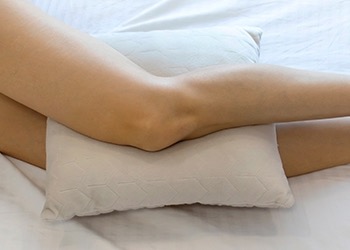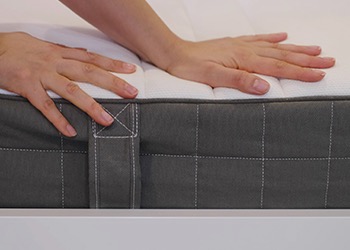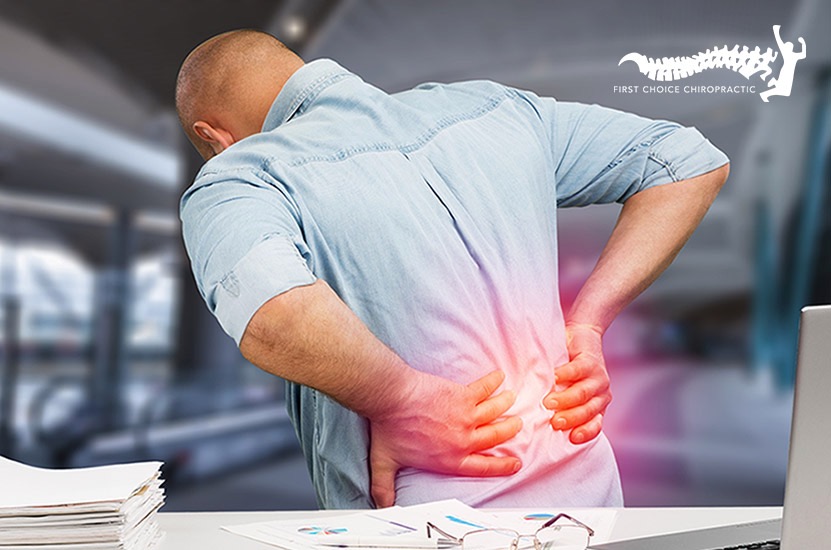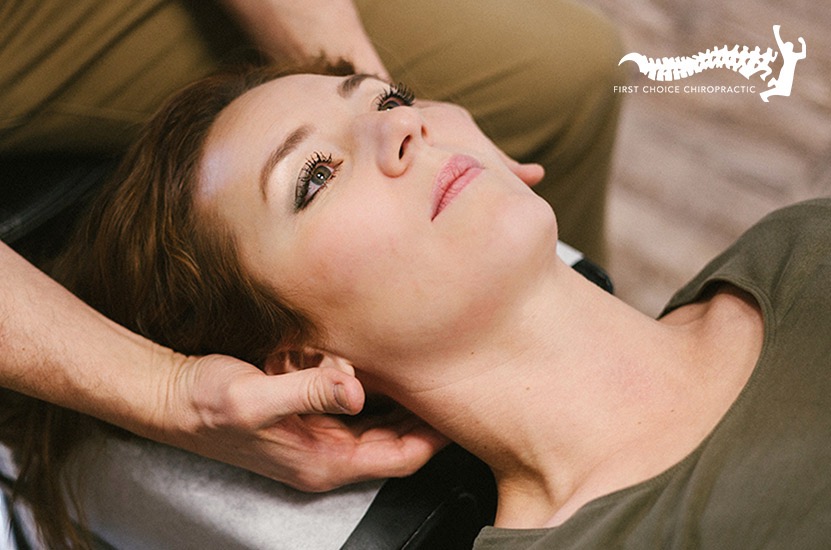A good night’s sleep is essential for spinal health. If you often wake up with an aching back or stiff neck, your sleeping position could be the cause. The way you sleep plays a crucial role in maintaining a healthy spine and preventing discomfort. Let’s take a look at the best sleeping positions to support spinal alignment and help you wake up feeling pain-free.
Why Sleeping Position Matters For A Healthy Spine

Your spine works hard throughout the day, supporting your body and absorbing daily stress. At night, it needs time to relax and recover. A poor sleeping position can put unnecessary strain on your spine, leading to misalignment, tension and chronic pain over time.
Proper posture is not just important for standing or sitting; maintaining a healthy spine while you sleep is just as crucial. The right sleeping position may:
- Reduce pressure on the spine
- Prevent muscle stiffness and joint pain
- Promote better circulation
- Improve overall sleep quality
Best Sleeping Positions For Spinal Health
While there is no single best position for everyone, certain sleeping postures are better for spinal health than others.
Sleeping On Your Back – The Best Choice

Best for: Neck pain, lower back pain and overall spinal alignment.
Sleeping on your back is widely considered the best position for maintaining a healthy spine. It evenly distributes body weight, reducing pressure on the back and neck.
How to sleep on your back:
- Use a medium-thickness pillow to support your neck without pushing your head forward.
- Place a small pillow or rolled-up towel under your knees to maintain the natural curve of your lower back.
- Choose a mattress that is not too soft, as this can cause the lower back to sink.
Potential downsides:
- Not ideal for snorers or those with sleep apnoea.
- May feel uncomfortable for those not used to it.
Side Sleeping – The Most Popular Option

Best for: Reducing pressure on the back and improving circulation.
Side sleeping is the most common sleeping position and may be beneficial for spinal health when done correctly. It helps keep the spine in a neutral position, reducing back pain and improving breathing.
How to sleep on your side:
- Choose a firm pillow to keep your head and neck aligned with your spine.
- Place a pillow between your knees to prevent the top leg from pulling your lower back out of alignment.
- Keep your legs slightly bent rather than tightly curled into a foetal position.
Potential downsides:
- May cause shoulder pain if the arm is trapped under the body.
- Poor alignment may lead to hip or lower back strain over time.
The Foetal Position – Good For Lower Back Pain

Best for: Reducing pressure on the spine and relieving herniated disc pain.
A modified side sleeping position, the foetal position involves curling the legs toward the chest. This posture may help open up space between vertebrae, reducing pressure on the spine.
How to sleep in a foetal position:
- Sleep on the side with knees slightly bent, but avoid curling up too tightly.
- Use a thick pillow to keep the head aligned with the spine.
- Add a pillow between the knees to prevent hip and lower back discomfort.
Potential downsides:
- Curling up too tightly can restrict deep breathing and lead to stiffness.
- May worsen joint pain for some people.
Sleeping On Your Stomach – The Worst Choice

Worst for: Neck pain, lower back pain and spinal misalignment.
Sleeping on the stomach is the least recommended position for spinal health. It forces the neck to twist to one side and flattens the natural curve of the lower back, leading to strain and discomfort.
How to minimise damage if stomach sleeping is a habit:
- Use a very thin pillow or no pillow at all to avoid excessive neck strain.
- Place a pillow under the hips to reduce pressure on the lower back.
- Consider gradually transitioning to side sleeping for better spinal health.
Additional Tips For A Healthy Spine While Sleeping

Regardless of the preferred sleeping position, these additional tips may help support spinal health:
- Choose the right mattress – a medium-firm mattress provides the best support for spinal alignment. A mattress that is too soft can cause the back to sink, while one that is too firm may create pressure points.
- Invest in a supportive pillow – the pillow should support the neck without pushing it too far forward or allowing it to drop back. Memory foam or contoured pillows are ideal.
- Keep the spine aligned – when lying down, ensure that the ears, shoulders and hips are in a straight line to prevent strain.
- Stretch before bed – simple stretching exercises may relax tight muscles and improve flexibility, helping to maintain a better sleeping posture.
- Stay hydrated – spinal discs need hydration to stay healthy and cushion the vertebrae effectively.
Chiropractic Treatment For Back Pain Or Discomfort
If waking up sore or stiff is a common issue, experimenting with the above sleep positions may help determine the best solution. Should back pain or discomfort persist, feel free to reach out to the team at First Choice Chiropractic. Speak to our team today about how chiropractic care and treatment may help improve spinal health and alleviate your back pain symptoms.







